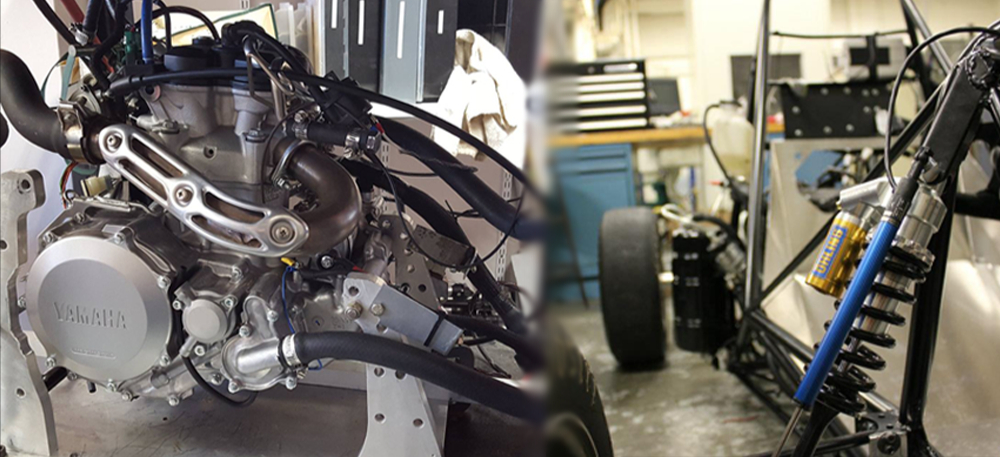Surfaces cover everything, and the characteristics of those surfaces—particularly their texture or roughness—can be meaningful for professionals in a wide range of fields, including archaeology, art conservation, forensic science, medical devices, engineering, and manufacturing. More than 100 scientists, art conservationists, and engineers from those and other fields, hailing from more than 10 nations, are expected to gather at Worcester Polytechnic Institute (WPI) between Oct. 25 and 28, 2010, for the 2nd International Conference on Surface Metrology. [surfacemetrology.org]
The symposium is aimed at conservationists, designers, engineers, researchers, scientists, technicians, and others interested in surface metrology, which is the study of the measurement and analysis of surface topography (often called roughness). It is designed to promote the exchange of ideas between people who apply surface metrology techniques in a diverse range of disciplines, from determining the causes of excessive wear on machine parts, to improving the reliability of electrical components, and to finding the best techniques for preserving outdoor murals. Topics that will be featured during the two days of technical presentations (on Oct. 27 and 28) include
- new approaches to quantifying microwear on stone tools,
- surface metrology and the study of the daguerreotypes,
- firearms and tool mark evidence,
- decorative surface techniques used on a red-figure Greek vase,
- quantifying damage in retrieved hip prostheses,
- the surface morphology of the Apollo spacecraft heat shield, and
- surface morphology in counterfeiting.
In his opening keynote address, Richard Leach, principal scientist in the Engineering Division of the National Physical Laboratory in the United Kingdom, will note that measurements derived from the two main techniques for measuring surface roughness--contact styli (as in the atomic force microscope) and optical methods (including the confocal microscope)--often don't agree. He will propose a mathematical framework that may help "get closer to the proverbial real surface."
In other keynote addresses, Peter Ungar, chairman of the department of anthropology at the University of Arkansas, will discuss his research, conducted in conjunction with WPI's Surface Metrology Laboratory, on microscopic evidence of wear on fossilized teeth that provide clues to the diet of early humans and other ancient animals. Mady Elias of Team “Optics and Art” in the Institut des Nanosciences de Paris at the Université Pierre et Marie Curie will look at the influence of surface roughness on the visual appearance of art and its implication for the restoration and conservation of art masterpieces.
The symposium is being organized by Christopher Brown and Torbjorn Bergstrom of WPI's Mechanical Engineering Department and Surface Metrology Laboratory. In addition to technical sessions, the conference will feature exhibits by manufacturers of surface measurement technology and, on Oct. 25, a full day of tutorials on surface metrology techniques and applications by representatives of NIST (National Institute for Standards and Technology); suppliers Alicona, Altimet, DigitalSurf, Michigan Metrology, Nanofocus, Nanosurf, and Olympus America; universities: Ecole Centrale de Lyon, Korea Advanced Institute Science, University of Connecticut, and University of Ontario Institute of Technology; and the Worcester Art Museum.
For more information about the International Conference on Surface Metrology and to register (for the entire conference or individual sessions), visit surfacemetrology.org.
About the WPI Surface Metrology Laboratory
Founded in 1990, WPI's Surface Metrology Laboratory is the only academic laboratory in the United States dedicated to advancing the understanding of the formation, behavior, measurement, and analysis of surface roughness. The lab has earned an international reputation for its contributions to the understanding of the role of surface roughness in adhesion and friction. It has studied a broad range of surfaces, including bullets, hard drives, pavement, pills, skis, teeth, tires, and industrial diamonds, and has developed advanced techniques for differentiating surfaces based on texture measurements and for finding the scales at which the differentiation can be made.

